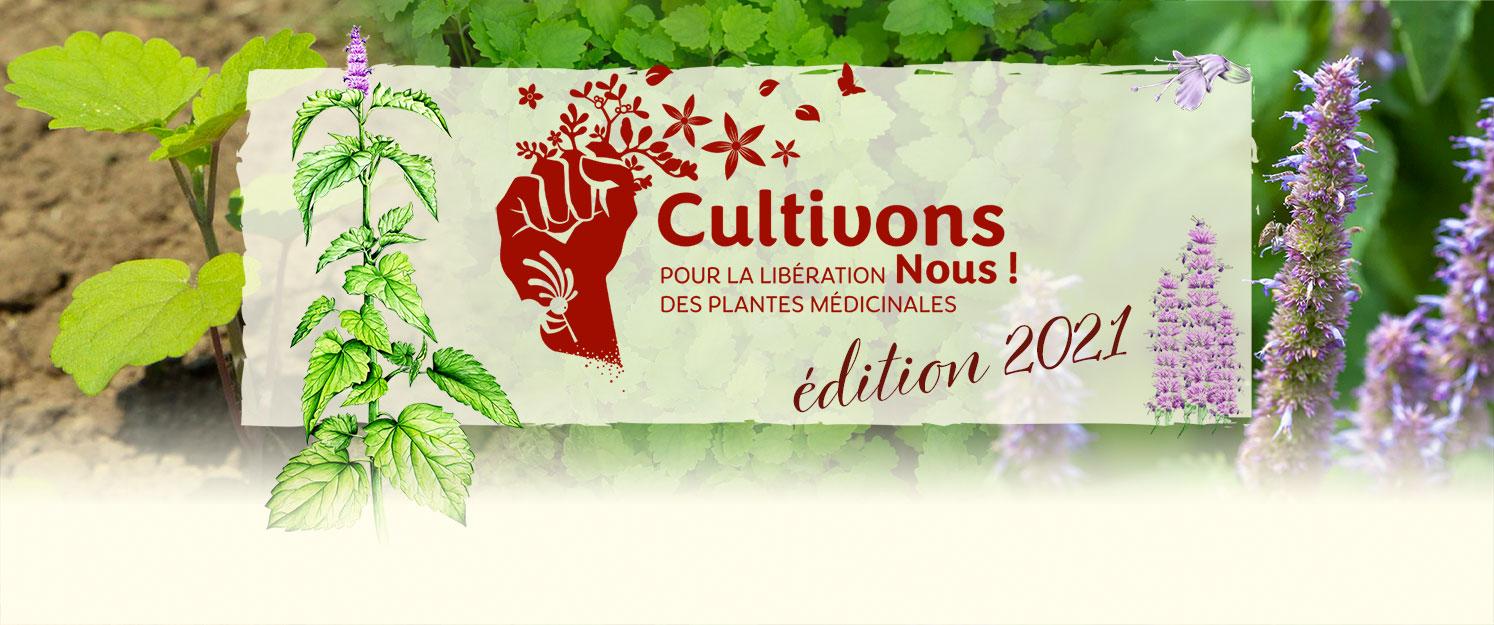
- Zielińska, S., & Matkowski, A. (2014). Phytochemistry and bioactivity of aromatic and medicinal plants from the genus Agastache (Lamiaceae). Phytochemistry reviews : proceedings of the Phytochemical Society of Europe, 13(2), 391–416.
- Fuentes-Granados, R.G., Widrlechner, M.P., & Wilson, L.A. (1998). An Overview of Agastache Research.
- Jinagsu New Medical College (1977). Dictionary of Chinese Herbal Medicine. Shanghai Science & Technology Press ; Shanghai, China. pp. 2710–2712.
- Chen, J.K. and Chen, T.T. (2001). Chinese Medical Herbology and Pharmacology. Art of Medicine Press ; City of lndustry, CA USA. pp. 368-369.
- Yizhe Cui, Renxu Chang, Qiuju Wang et al (2020). Agastache rugosa alleviates the multi-hit effect on hepatic lipid metabolism, inflammation and oxidative stress during nonalcoholic fatty liver disease. PREPRINT (Version 1) available at Research Square.
- Cui, Y., Chang, R., Wang Q. et al (2020). Agastache rugosa alleviates the multi-hit effect on hepatic lipid metabolism, inflammation and oxidative stress during nonalcoholic fatty liver disease. 10.21203/rs.3.rs-21957/v1.
- Lee, J.J., Lee, J., Gu, M., Han, J.H., Cho, W.K. & Ma, J. (2017). Agastache rugosa Kuntze extract, containing the active component rosmarinic acid, prevents atherosclerosis through up-regulation of the cyclin-dependent kinase inhibitors p21WAF1/CIP1 and p27KIP1. Journal of Functional Foods. 30. 30-38. 10.1016/j.jff.2016.12.025.
- Jun, H., Chung, M.J., Dawson, K. et al (2010). Nutrigenomic analysis of hypolipidemic effects of Agastache rugosa essential oils in HepG2 cells and C57BL/6 mice. Food Sci Biotechnol 19, 219–227.
- Min H. Kim, Woo T. Chung, Young K. Kim, Jin H. Lee, Hyeon Y. Lee, Baek Hwang, Young S. Park, Sung J. Hwang & Jae H. Kim (2001) The Effect of the Oil of Agastache rugosa O. Kuntze and Three of Its Components on Human Cancer Cell Lines. Journal of Essential Oil Research, 13:3, 214-218.
- Xsang-Kon, Lee & Ho-Joon, Song & Ki-Hyun, Park & Min-Kyo, Shin. (2004). Anticareinogenic Effects of Water Extract of Agastache rugosa and Agastache rugosa Essential Oil. The Korea Journal of Herbology. 19.
- Ui Min J., Yong Taek, O., Jung Hoon, K. Review of Experimental Researches on Gastrointestinal Activity of Agastache rugosa (Fisch. & C. A. Mey.) Kuntze and Pogostemon cablin (Blanco) Benth (2017). Journal of Physiology & Pathology in Korean Medicine, 31 (2) The Korean Association of Oriental Medical Physiology.
- Lee, J., Son, C.G., Cho, J., Shin, J., Yoo, H., Lee, Y., Lee, N., Yun, D., & Cho, C. (2005). The Effects of Agastache Rugosa Extract on Intestinal Motility. Korean J.Orient.Int. Med. 2005:26(4):761-766.
- Hwa, O., Young K., Sun K., Young L., Min P., Ja H., Jin J., Hyo K., Eun K., Hye K., & Han S., Jae L., Hye Y.C., Ki C. (2005). Agastache rugosa leaf extract inhibits the iNOS expression in ROS 17/2.8 cells activated with TNF-α and IL-1β. Archives of pharmacal research. 28. 305-10.
- Desta KT, Kim GS, Kim YH, Lee WS, Lee SJ, Jin JS, et al. (2016). The poly-phenolic profiles and antioxidant effects of Agastache rugosa Kun- tze (Banga) flower, leaf, stem and root. Biomed Chromatogr. 30:225-231.
- Kim JB, Kim JB, Cho KJ, Hwang YS, Park RD. (1999) Isolation, identification, and activity of rosmarinic acid, a potent antioxidant extracted from Korean Agastache rugosa. J Korean Soc Agric Chem Biotechnol. 42:262-266.
- Seo H, Kim C, Kim MB, Hwang JK. (2019) Anti-Photoaging Effect of Korean Mint (Agastache rugosa Kuntze) Extract on UVB-Irradiated Human Dermal Fibroblasts. Prev Nutr Food Sci. ;24(4):442‐448.



















